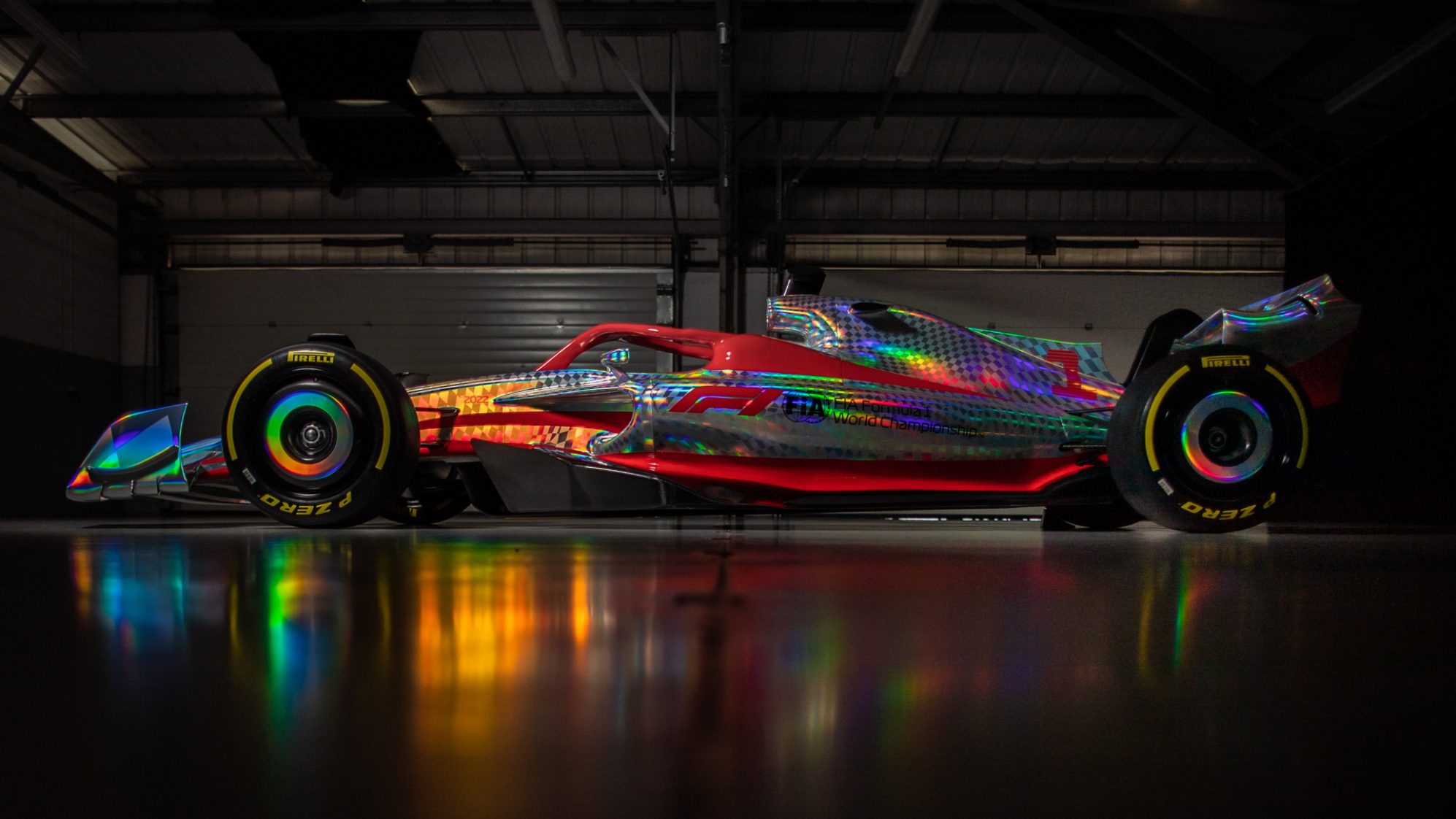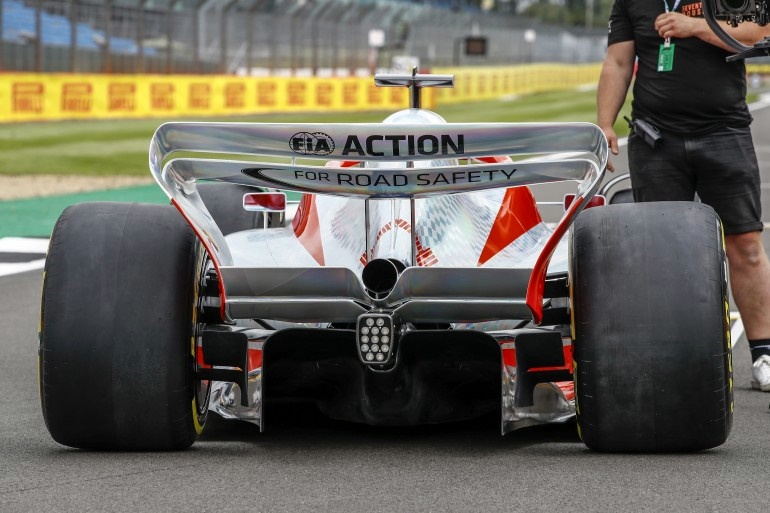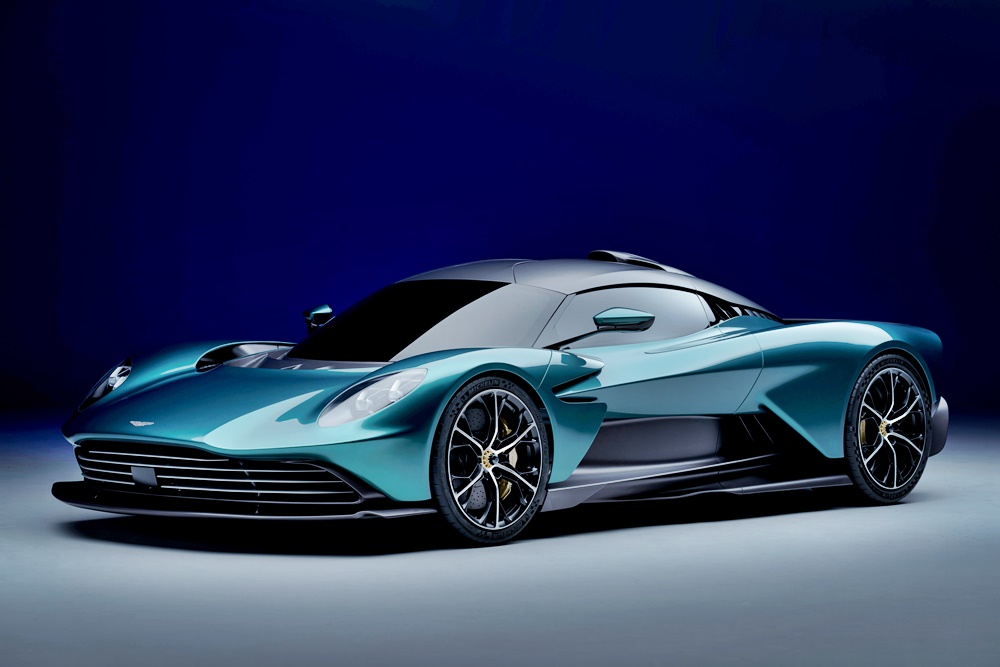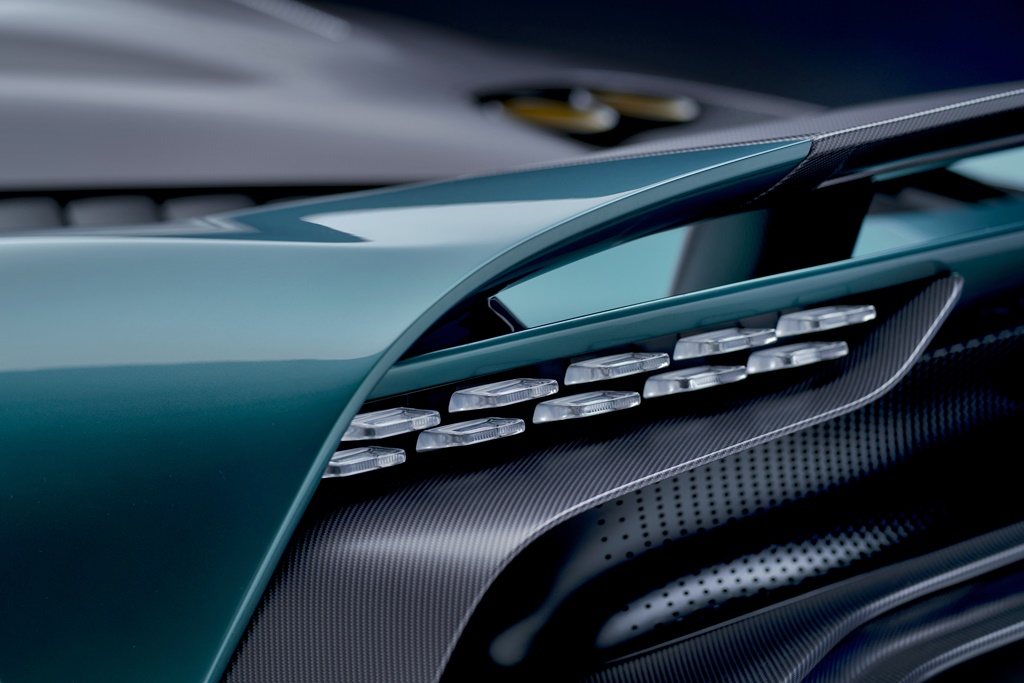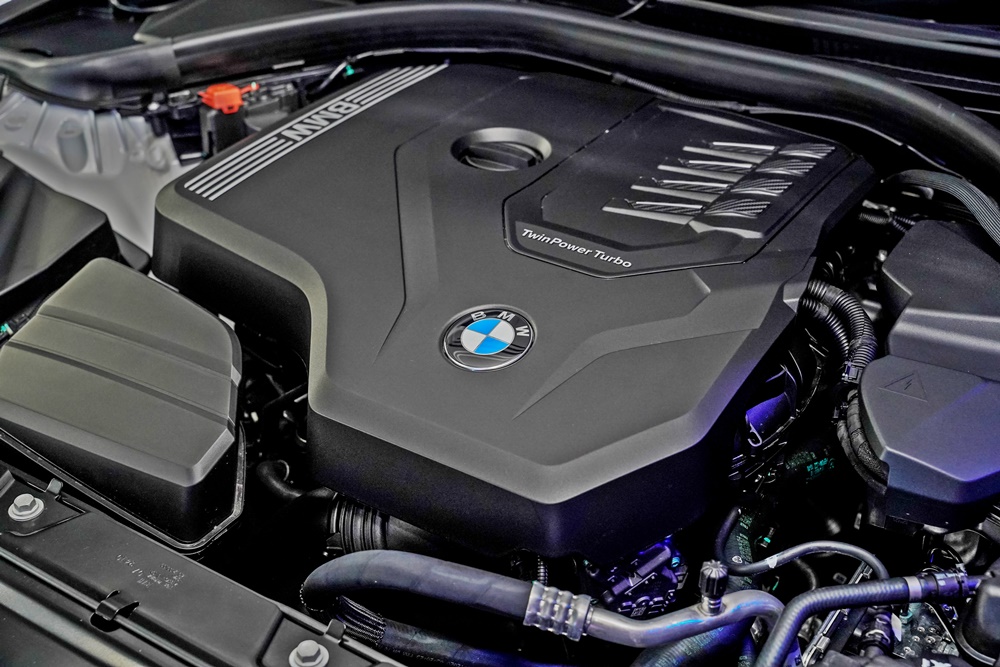With Max Verstappen winning the inaugural Sprint Race yesterday, the pole position was taken by the Dutchman of Red Bull Racing, Lewis Hamilton had been on pole after qualifying on Friday but had to settle for second place today as the outcome of the Sprint Race decided the grid for this race.
Verstappen got a good start and sped ahead of Hamilton but even before the first lap was completed, contact between the two cars saw the Red Bull Racing driver bouncing off into the barriers. Out came the Safety Car while Ferrari’s Charles Leclerc managed to slip into the lead. A red flag was out as the barriers needed to be repaired, so the cars could pit for tyres and repairs (Hamilton’s car needed a new front wing). lthough Verstappen had seemed unhurt and got out of the car, he had later to be taken to a hospital for additional examination.
The blame game started almost immediately with Red Bull boss Christian Horner furiously suggesting to officials it was Hamilton’s fault, and the British champ saying he had given enough space but the contact had occurred. Horner’s anger was understandable, of course, since Verstappen’s race was over. Toto Wolff, Horner’s counterpart in Mercedes-AMG also put up a defence of his driver.
The restart (after about 40 minutes of Safety Car and red flag) saw Leclerc at the front, the Ferrari driver having passed Valtteri Bottas early and able to slip past the Hamilton-Verstappen incident. As the race had been suspended, it was just the fourth lap, with another 48 to go. Sebastian Vettel, who had slipped all the way to the back, was eager to move up but spun as he started off.
As the race got underway, the Stewards decided that Hamilton was at fault and informed his team that he would have a 10-second penalty, which he could serve during a pit stop. Needless to say, the home crowd was very unhappy when news of the penalty started to be known in the stands.
Track temperatures were high and apart from the effect on the tyres, the brakes were also worrying, so teams had to think of revising strategies.
On lap 16, Leclerc, who had just managed to stay ahead of Hamilton, began to have power loss and was trying to find out if some settings were off. Hamilton began to close in and further back (5 seconds), Lando Norris was watching from third place after having passed Bottas.
The cars began coming into the pits for new tyres at lap 20, and as Norris pulled in, Bottas pulled ahead into third place but some 7 seconds behind his team mate. Bottas came in on lap 23 and with a 2.2-second stop, he lost just one position which was taken by Carlos Sainz.
At the halfway point, it was still Leclerc in the lead but still having occasional engine problems. Hamilton was safe enough to just trail him and not take chances as Sainz was some 18 seconds behind. However, by lap 28, Hamilton had to come in for new tyres and do the 10-second penalty, slipping down behind Bottas and Norris as he rejoined the race. He was about half a minute behind Leclerc.
Although Leclerc seemed to be comfortable continuing a bit more, his team brought him in on lap 30 for a change of tyres to hards. He was in and out in less than 3 seconds and still kept his lead, with a gap of 6 seconds to Bottas. Meanwhile, McLaren’s Daniel Ricciardo was trying hard to hold on to his fifth place as the red Ferrari of Carlos Sainz kept appearing in his mirrors.
With 11 laps remaining. Bottas was requested to let his team mate pass by and he did so again, as he did before. The pass out the reigning champion within 7 seconds of Leclerc. Bottas was pretty assured of a place on the podium anyway, with Norris some 10 seconds behind. The battle between Ricciardo and Sainz continued for fifth place.
With 2 laps to go, Leclerc was readying for the chequered flag but then his car went wide and it was the moment Hamilton was waiting for, and he swept past to take the lead. It was close but he was more cautious to avoid another incident like what happened with Verstappen. And then it was a straight run to the finish line and finally, a win for Hamilton at Silverstone again – on home ground.
